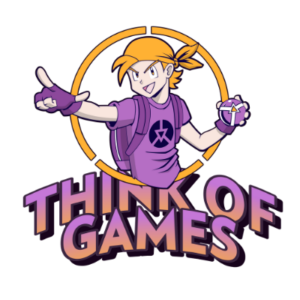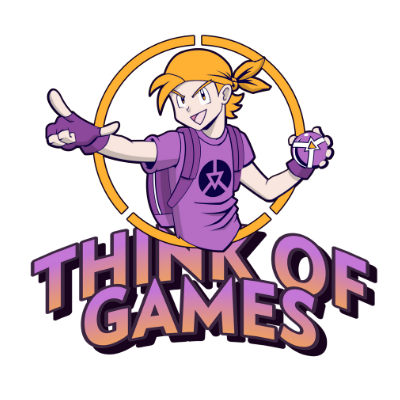Opening cases in CS2 has long ceased to be something spontaneous. Previously, many simply clicked the “Open” button and hoped for luck, without delving into the mechanics of probability. But with the rise in skin prices, the emergence of third-party platforms, and the overall maturation of the community, the situation has changed significantly. Now, most experienced players approach the process much more thoughtfully, as if conducting a small study in which everything is important: statistics, collection history, drop patterns, account comparisons, and even market behavior. Now, knowledge of drop patterns has become something of an unspoken skill. It helps newcomers avoid blowing their budget overnight, and veterans make decisions that seem at least somewhat rational in an inherently irregular system.
Collection History and Case Profile
Every case in CS2 works essentially the same way, but players’ perceptions of its value vary greatly. Some cases are known for having too many blue skins, meaning low-rarity skins, while others are known for having too many legendary red skins or rare knife patterns.
Therefore, the first thing an experienced player does is study the case’s history:
- how many years it has been in rotation;
- which skins in it have real commercial value;
- how often expensive skins drop;
- how often this case is opened.
Players don’t read official tables; they observe community behavior. If no one drops a rare pattern for a whole year, that doesn’t mean the chance is zero, but the community draws a certain conclusion.
Analyzing Other Players’ Drops
Perhaps the most popular method is to watch what other CS2 players receive when opening cases. Forums, social media, case-opening channels, and streams all serve as a massive data collection site, albeit an unregulated one.
Players pay attention to:
- the frequency of repeating patterns;
- the drop in price of certain items due to mass openings;
- rare cases that drop too little or, conversely, unexpectedly often.
While these aren’t scientific statistics, they help form a general sense of reality: “this case is more likely to please,” “this one almost always gives cheap skins,” “this case is better avoided – too many identical drops.”
And while these are subjective observations, they at least give players some guidance in the chaos of probabilities.
Using Simulators as Practice
CS2 case opening simulators are one of the most popular tools among CS2 players today. They allow players to experience a hypothetical drop pattern without spending real money. While they’re not a mirror image of Valve‘s actual algorithm, they still provide an understanding of what distribution to expect.
Simulators are used to:
- assess the perceived rarity of CS2 skins;
- calculate the average drop;
- understand that a specific case will yield cheap, undesirable skins 90% of the time;
- compare multiple cases before actually opening them.
Many use websites like those offering CS:GO case opening simulators for free simply to test the waters before committing to real money. This isn’t a winning strategy, but a good psychological filter: players see reality in miniature and understand that random legendary drops are much rarer than they appear in stream videos.
Considering Market Dynamics and Price Behavior
Opening a case is not only an opportunity, but also a market. CS2 players who approach the matter rationally analyze:
- the price of the items they’re interested in on marketplaces;
- price changes due to rotations and updates;
- the rarity of patterns and their demand;
- the possibility of subsequent exchange.

If a case item drops in price, the likelihood of a breakeven point decreases. If the market is overheated, on the contrary, a rare skin can sometimes fetch an unexpectedly high price.
Players consider not only the drop style but also its future value. Sometimes, a person refuses to open a case simply because they see how much interest in the collection has waned (and this is also part of studying patterns).
Why Studying CS2 Patterns Isn’t About Winning, but About Common Sense
Many people think that studying CS2 drop odds is necessary for secret strategies. In fact, this isn’t the case.
Patterns are studied to:
- avoid spending impulsively;
- understand the real risk;
- choose cases with an adequate cost-to-value ratio;
- recognize that the odds rarely favor the player.
In 2025, opening cases isn’t just about excitement; it’s a combination of emotion and analysis. Those who study patterns are less likely to make serious mistakes and are more relaxed about the results.
Conclusion
Studying drop patterns is no longer a whim, but a normal step before opening cases in CS2. Players use everything: simulators, observation of others, market analysis, collection history, even subjective feelings. This doesn’t improve the odds, but it helps make decisions without illusions and unnecessary risk. In a world where a single CS2 skin can cost as much as a car, this approach truly makes sense.




















